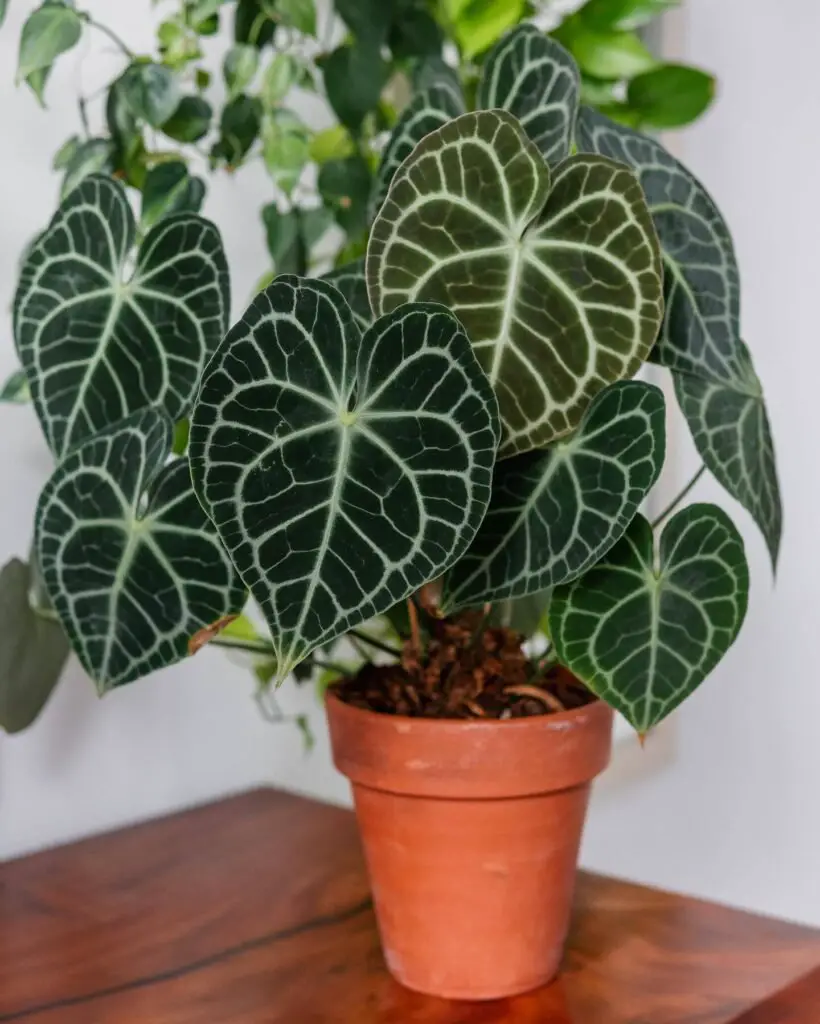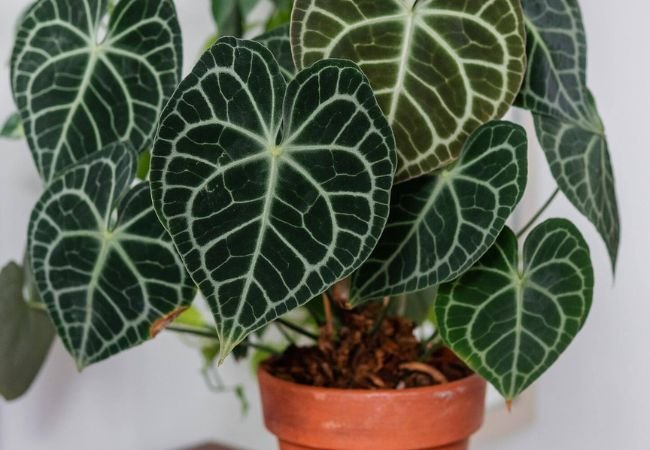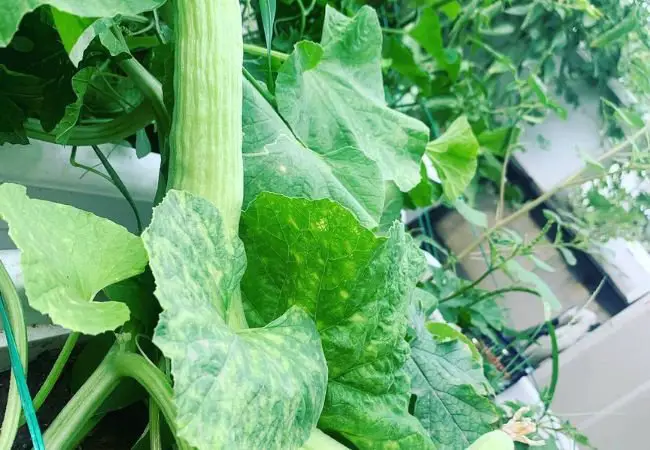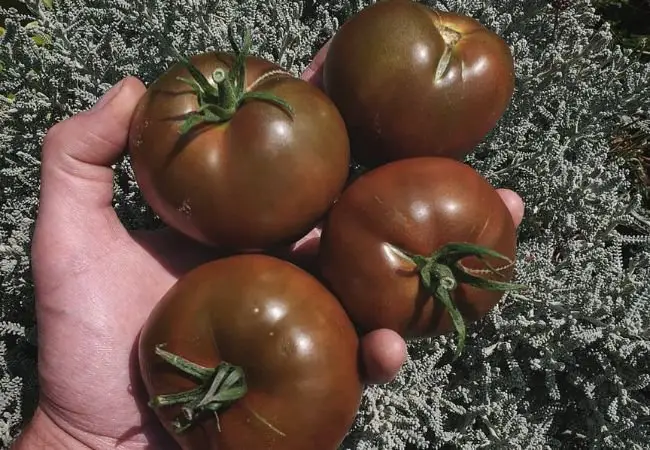Discover how to grow and care for Anthurium clarinervium, a beautiful tropical houseplant with velvety leaves. Learn essential tips on light, water and propagation from expert gardeners.
Anthurium clarinervium, also known as the Velvet Cardboard Anthurium, is a stunning tropical plant prized for its large, heart-shaped leaves with prominent white veins. Native to Mexico, it thrives in bright, indirect light, high humidity and well-draining soil. Proper care includes maintaining temperatures between 60-80°F (15-27°C), regular misting and avoiding overwatering.
Introduction to Anthurium clarinervium

As a tropical plant specialist with over a decade of experience, I’m excited to share my knowledge about the captivating Anthurium clarinervium. This guide will help both novice and experienced plant enthusiasts successfully grow and care for this beautiful species.
Understanding Anthurium clarinervium
Anthurium clarinervium belongs to the Araceae family and is native to the limestone-rich areas of Chiapas, Mexico. Its distinctive features include:
- Large, heart-shaped leaves with a velvety texture
- Prominent white veins contrasting against dark green foliage
- Compact growth habit, making it suitable for indoor cultivation
For more information on Anthurium species, visit the International Aroid Society website.
Growing Conditions for Anthurium clarinervium
Light Requirements
- Bright, indirect light is ideal
- Avoid direct sunlight, which can scorch the leaves
- Can tolerate lower light conditions, but growth may slow
Temperature and Humidity
- Optimal temperature range: 60-80°F (15-27°C)
- Prefers high humidity (60-80%)
- Use a humidity tray or room humidifier to increase moisture levels
For more details on tropical plant care, check out the University of Florida’s IFAS Extension guide.
Soil and Potting
- Use a well-draining, airy potting mix
- Mix equal parts peat moss, perlite and orchid bark
- Ensure the pot has adequate drainage holes
Caring for Your Anthurium clarinervium
Watering
- Allow the top inch of soil to dry between waterings
- Water thoroughly, but avoid letting the plant sit in water
- Reduce watering in winter when growth slows
Fertilizing
- Feed monthly during the growing season with a balanced, liquid fertilizer
- Dilute to half-strength to avoid fertilizer burn
- Suspend fertilization in winter
For more information on fertilizing houseplants, visit Cornell University’s Cooperative Extension page.
Pruning and Maintenance
- Remove yellowing or damaged leaves as needed
- Wipe leaves gently with a damp cloth to remove dust
- Support larger leaves with stakes if necessary
Propagation Techniques
Stem Cuttings
- Select a healthy stem with at least two leaves
- Cut below a node using clean, sharp scissors
- Allow the cut end to callus for a few hours
- Plant in a moist, well-draining potting mix
- Maintain high humidity around the cutting
Division
- Carefully remove the plant from its pot
- Gently separate the roots, ensuring each division has several leaves
- Pot each division in fresh potting mix
- Water thoroughly and maintain high humidity
For more detailed propagation methods, check out the University of Vermont Extension’s guide on plant propagation.
Common Issues and Troubleshooting
Yellowing Leaves
- Cause: Often due to overwatering or poor drainage
- Solution: Adjust watering schedule and improve soil drainage
Brown Leaf Tips
- Cause: Low humidity or mineral buildup from tap water
- Solution: Increase humidity and use filtered or rainwater
Pest Infestations
- Common pests: Spider mites, mealybugs, and scale insects
- Treatment: Use neem oil or insecticidal soap, following package instructions
For more information on houseplant pests, visit the Royal Horticultural Society’s pest advice page.
Displaying Your Anthurium clarinervium
- Place in a terrarium or glass cabinet to maintain humidity
- Group with other tropical plants for a lush display
- Use as a statement plant on a plant stand or shelf
Anthurium clarinervium is a stunning tropical plant that can thrive in home environments with proper care. By providing the right balance of light, humidity and water, you can enjoy its beautiful foliage for years to come. Remember to observe your plant closely and adjust care as needed, as each growing environment is unique.
For more in-depth information on Anthurium species, visit the Missouri Botanical Garden’s Anthurium page.
For more gardening tips and plant care guides, visit usagardenhub.com.






